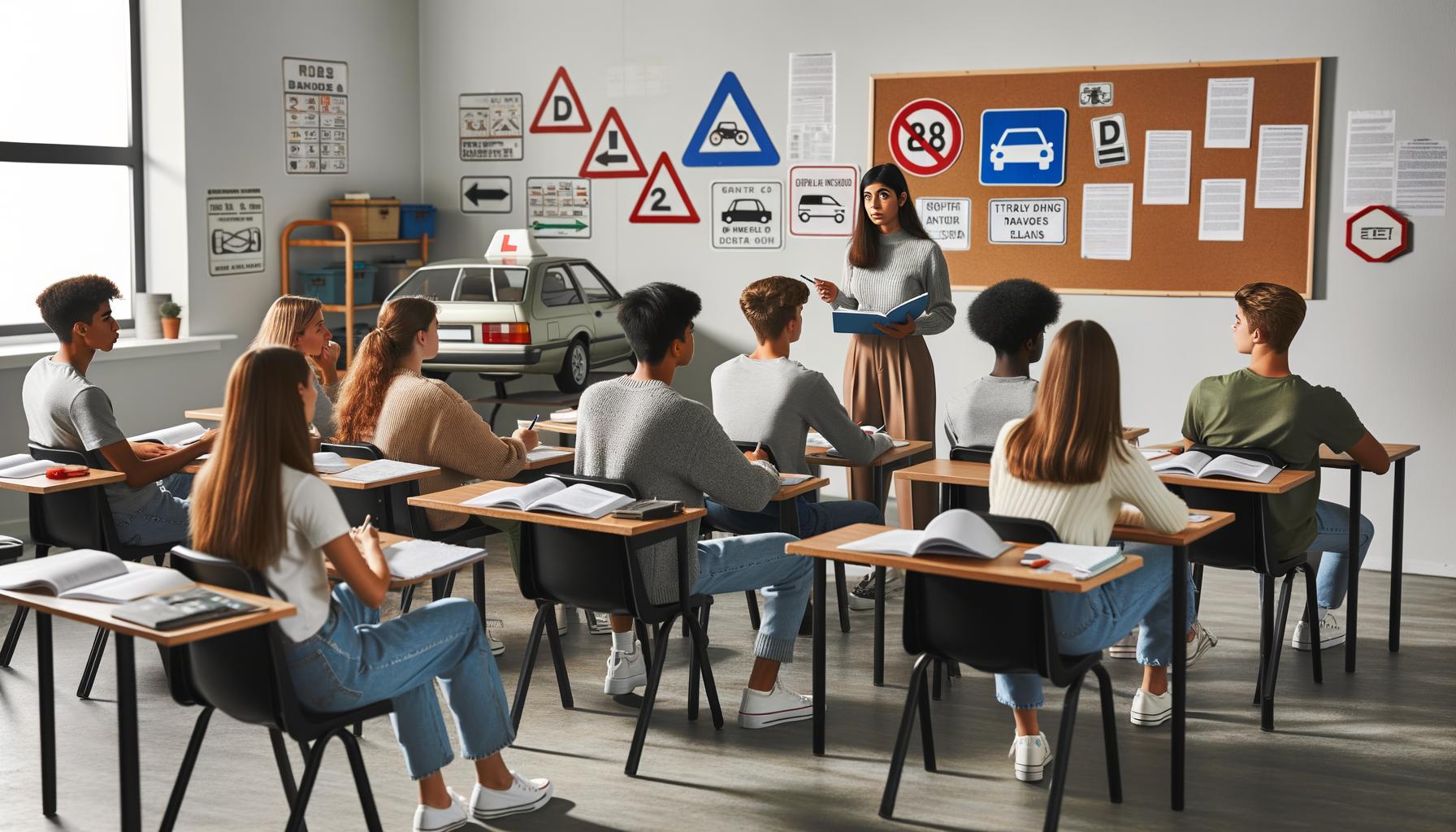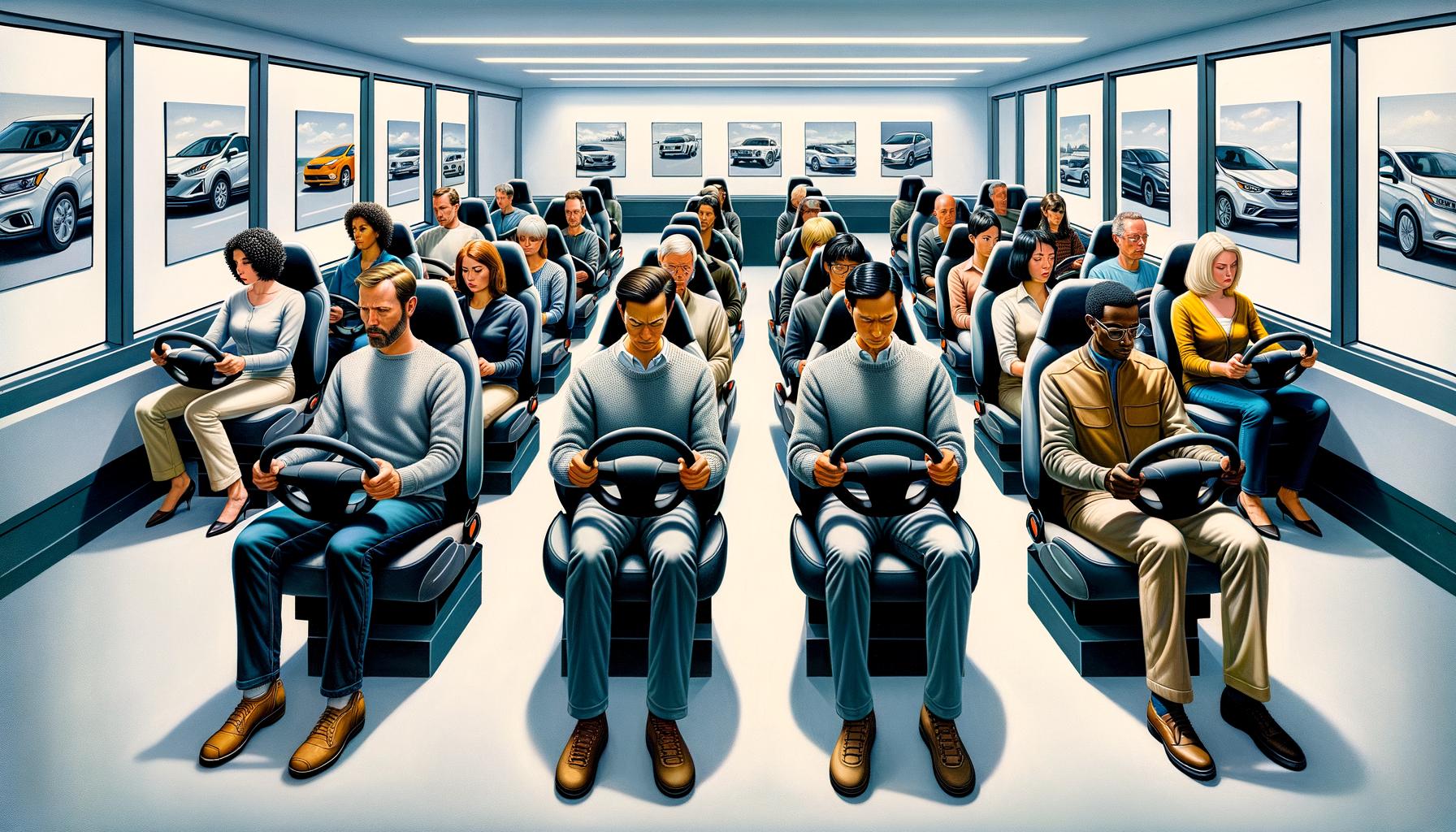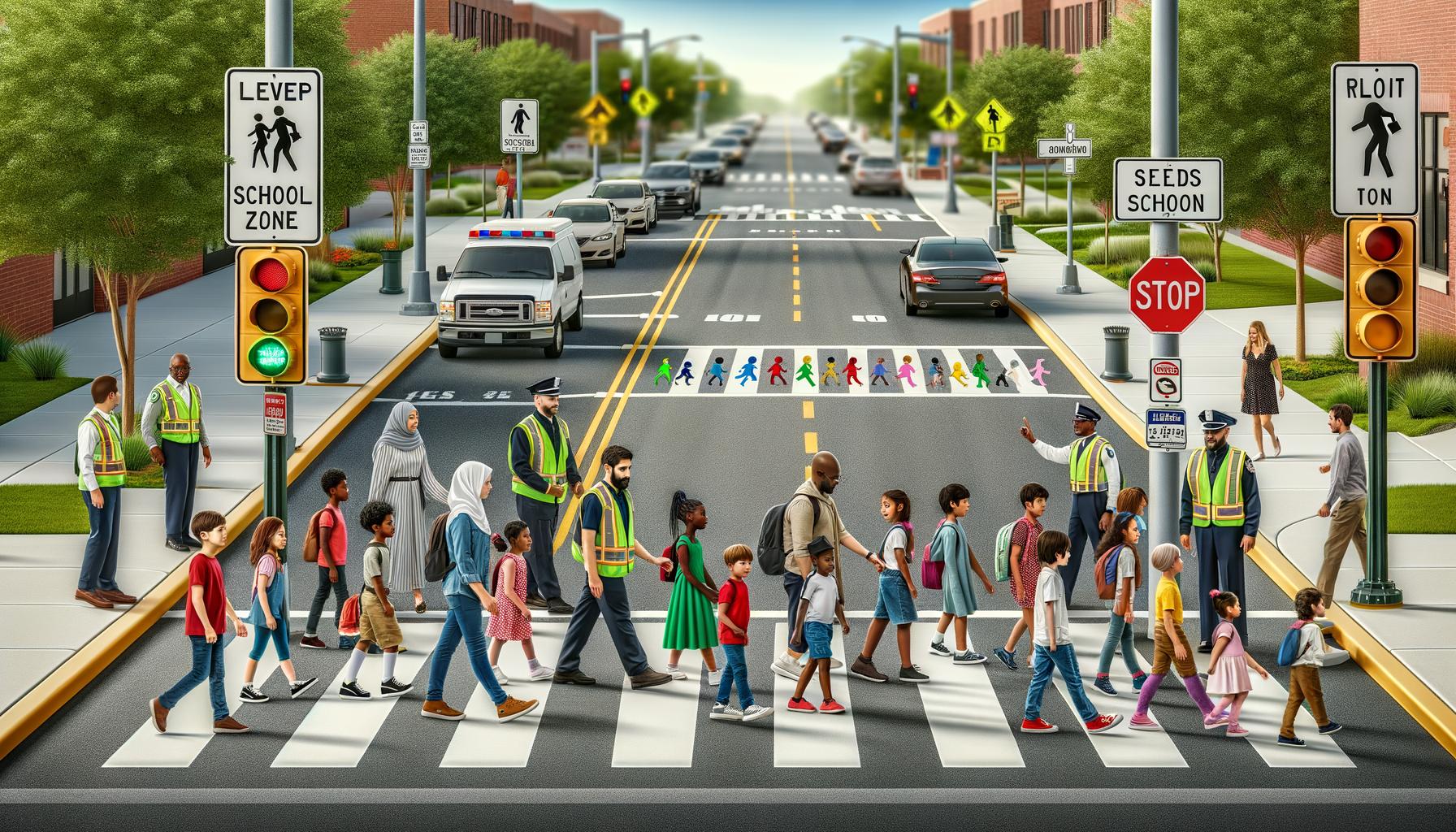Best Driving Schools [Guide]
Choosing the right driving school is a critical step in becoming a safe and confident driver. At The Wiser Driver Driving School, we understand the importance of quality education behind the wheel.
This guide will help you navigate the landscape of best driving schools in the United States. We’ll explore what sets top-tier institutions apart and provide key features to look for in your search for the perfect driving school.
What Sets Great Driving Schools Apart?
Instructor Expertise and Certification
Top-tier driving schools employ instructors with extensive experience and proper certifications. The National Highway Traffic Safety Administration reports that it was once thought that effective driver education and training would reduce the high crash rates of young, novice drivers. Quality schools prioritize ongoing training and up-to-date certifications for their instructors.
Comprehensive Curriculum
A great driving school offers a curriculum that extends beyond the basics. This includes in-depth coverage of traffic laws, defensive driving techniques, and real-world scenarios. The AAA Foundation for Traffic Safety reports that comprehensive driver education can reduce crash rates by 4.3% among new drivers.
State-of-the-Art Vehicles and Technology
Modern, well-maintained vehicles equipped with the latest safety features are essential for effective learning. Leading schools invest in regularly updated fleets to provide students with relevant, hands-on experience. This approach aligns with research from the Insurance Institute for Highway Safety, which shows that newer vehicles with advanced safety features can reduce crash rates.
Flexible Scheduling Options
The best driving schools understand that students have diverse needs and schedules. They offer a range of class times, including evenings and weekends, as well as online learning options to increase accessibility. Flexible scheduling in driver education programs can increase completion rates.
Proven Track Record
Lastly, great driving schools have a history of success, reflected in positive student reviews and high pass rates for driving tests. Schools with consistently high ratings on platforms like Yelp or Google Reviews often demonstrate a commitment to student satisfaction and success.

As we explore the top driving schools in the United States, keep these key factors in mind. They will help you identify institutions that truly excel in driver education and prioritize student success.
Top 5 Driving Schools in America
The United States offers numerous driving schools, but a select few stand out for their exceptional quality and comprehensive programs. This chapter explores five top-tier institutions that have earned their reputation through outstanding instruction and student success.
The Wiser Driver Driving School
The Wiser Driver Driving School leads the pack in driver education. This institution offers a comprehensive suite of services, including state-required Joshua’s Law classes, personalized driving lessons, and defensive driving courses for license points reduction. The Wiser Driver sets itself apart with its commitment to convenience and accessibility. They provide free online driver education and offer road testing services seven days a week, which helps students fit driver education into their busy schedules. The school’s experienced instructors focus on hands-on learning, ensuring students develop practical skills alongside theoretical knowledge. Their pick-up and drop-off services add an extra layer of convenience for students.
National Traffic Safety Institute (NTSI)
NTSI has established itself as a leader in traffic safety education since 1974. They offer a wide range of courses, including defensive driving, driver improvement, and DUI awareness programs. NTSI’s curriculum receives regular updates to reflect the latest traffic laws and safety practices. Defensive driving refers to the practice of anticipating potential hazards while driving and taking proactive steps to avoid accidents.
AAA Driving School
AAA’s driving school builds on the organization’s century-long commitment to road safety. Their programs cater to new drivers, seniors, and those looking to improve their skills. AAA’s curriculum emphasizes defensive driving techniques and includes both classroom and behind-the-wheel instruction. A study by the AAA Foundation for Traffic Safety found that drivers’ education reduces teen crash rates by 4.3% and lowers the number of traffic tickets received by nearly 40%.
911 Driving School
911 Driving School stands out for its unique approach to instruction. All their driving instructors are current or former law enforcement officers, bringing real-world experience to the classroom. This perspective provides students with insights into traffic laws and safety practices that go beyond standard curricula. The school offers a variety of programs, including teen driver education, adult driving lessons, and defensive driving courses.
DriversEd.com
As one of the pioneers in online driver education, DriversEd.com has positioned itself at the forefront of integrating technology into driver training. They offer a blend of online courses and behind-the-wheel training in many states. Their interactive online platform includes video lessons, 3D driving simulations, and practice tests. According to internal data from DriversEd.com, students who complete their online course pass their written DMV test on the first attempt 95% of the time.

These schools represent some of the best in the nation, but it’s important to research local options and choose a school that aligns with your specific needs and learning style. The next chapter will explore key features to look for when selecting a driving school, helping you make an informed decision in your journey to become a safe, confident driver.
What to Look for in a Top-Notch Driving School
State-Approved Curriculum
A state-approved curriculum is essential. It ensures that the school meets or exceeds state standards for driver education. The National Highway Traffic Safety Administration (NHTSA) emphasizes the importance of standardized curricula in reducing crash rates among new drivers. Schools should offer state-required courses (such as Joshua’s Law classes) to meet legal requirements.
Experienced Instructors and Hands-on Training
Schools with experienced, certified instructors provide better learning experiences and promote safety on the road. The Driving School Association of the Americas suggests that instructors should have at least 5 years of driving experience and undergo regular training updates. Hands-on training is vital – the American Driver and Traffic Safety Education Association reports that students who receive adequate behind-the-wheel instruction are 75% less likely to receive traffic violations in their first year of driving.
Comprehensive Defensive Driving Techniques
Top-tier driving schools prioritize defensive driving techniques. Collisions are reported and judged as preventable or non-preventable either by a company professional, company committee, law enforcement officer, insurer, or risk manager. These techniques teach students how to anticipate and avoid dangerous situations. Schools that offer dedicated defensive driving courses (like those for license points reduction) provide valuable skills that extend beyond passing the initial driving test.
Flexible Learning Options
Flexibility is key in today’s fast-paced world. Try to find schools that offer both online and in-person learning options. The NHTSA found that blended learning approaches (combining online theory with in-person practical lessons) can be highly effective. Online options allow for self-paced learning, while in-person sessions provide hands-on experience.
Additional Services and Convenience
Consider schools that offer additional services such as road testing and pick-up/drop-off options. These conveniences can significantly reduce stress and save time. The American Automobile Association (AAA) reports that schools providing on-site road testing can increase first-time pass rates by up to 20%. Services like 911 Driving School offer exclusive driver’s education programs that hire police officers as instructors, providing a unique learning experience.

Final Thoughts
The best driving schools provide a solid foundation for safe, confident driving. They offer experienced instructors, comprehensive curricula, and flexible learning options that prepare students for real-world challenges. Quality education reduces the risk of accidents and traffic violations, setting the stage for a lifetime of responsible driving.

Thorough research will help you select a driving school that aligns with your needs and learning style. Consider factors such as instructor qualifications, curriculum content, and scheduling flexibility when making your choice. The Wiser Driver Driving School (https://thewiserdriver.com) offers comprehensive programs for drivers of all ages, including state-required classes and convenient road testing services.
Your choice of driving school will impact your safety and the safety of others on the road. The skills you learn now will influence your entire driving career. Take time to find the best driving school for you and start your journey to becoming a skilled, responsible driver with confidence.
















































